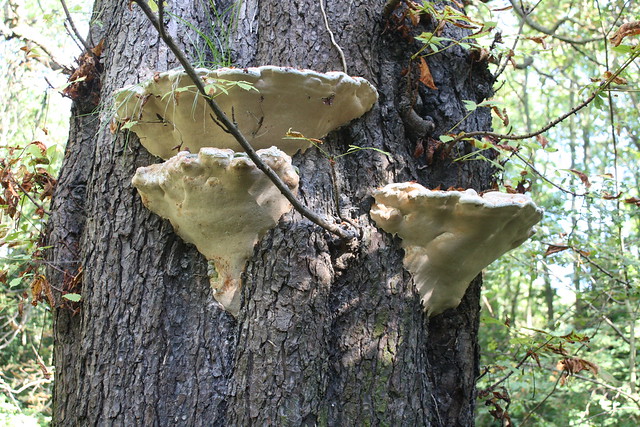Month: September 2016
Organisms in Kingdoms Examples
Eubacteria Kingdom
Yersinia pestis – This example of eubacteria can have a deadly effect on humans and animals causing and spreading “the plague” (Bubonic Plague). The Y. Pestis has three main forms; pneumonic, septicemic, and bubonic plagues.

Bacillus anthracis – These are 3-5 micrometers in length and it is a rod-shaped, grampositive bacteria. These are the only eubacterium capable of producing a protein capsule.

Archaebacteria Kingdom
Thermococcus litoralis – Is a species that is found in deep sea hydrothermal vents. The only thing T. Litoralis needs to stimulate growth is sulfur and cannot grow without it.

Methanobrevibacter smithii – The Methanobrevibacter smithii is responsible digestion of polysaccharides and can be found in the human gut.

Protista Kingdom
Euglena gracilis – Found in fresh and salt waters. They bloom in ponds and swamps to colour the surfaces. They are the best known and most widely studied member of the group Euglenoidea.

Pediastrum boryanum – Pediastrum boryanum is green algae and can be found inhabiting freshwater environments. They produce asexually by producing autocolonies.

Fungus Kingdom
Rigidoporus ulmarius – A plant pathogen found on broad leaved trees very common on elm. The fruiting bodies are white, knobbly, and hard. More aged bodies are usually covered in green algae which makes them difficult to see.

Amanita rubescens – Found in Europe and North America. The common name for A. rubenscens is “Blusher”. It is an edible mushroom that has a pinkish colour at the bottom of it’s stem.
Plant Kingdom
Nymphaeaceae – Better known as water lilies. The Nymphaeaceae family has 5 genera with about 70 known species.

Pteridophyta – Common name is the fern. Flowerless plant that is a member of a group of about 10,560 known extant species of vascular plants.

Animal Kingdom
Odobenus rosmarus – Common name is walrus. Large flippered marine animal that weigh around 33-85 KG on average, They live in extremely cold climates such as the north pole and arctic areas.

Simia paniscus – Common name is the spider monkey. They are found in the tropical rain forests of Central and South America from Mexico to Brazil. Their long limbs and long prehensile tails make them one of the largest New World monkeys.